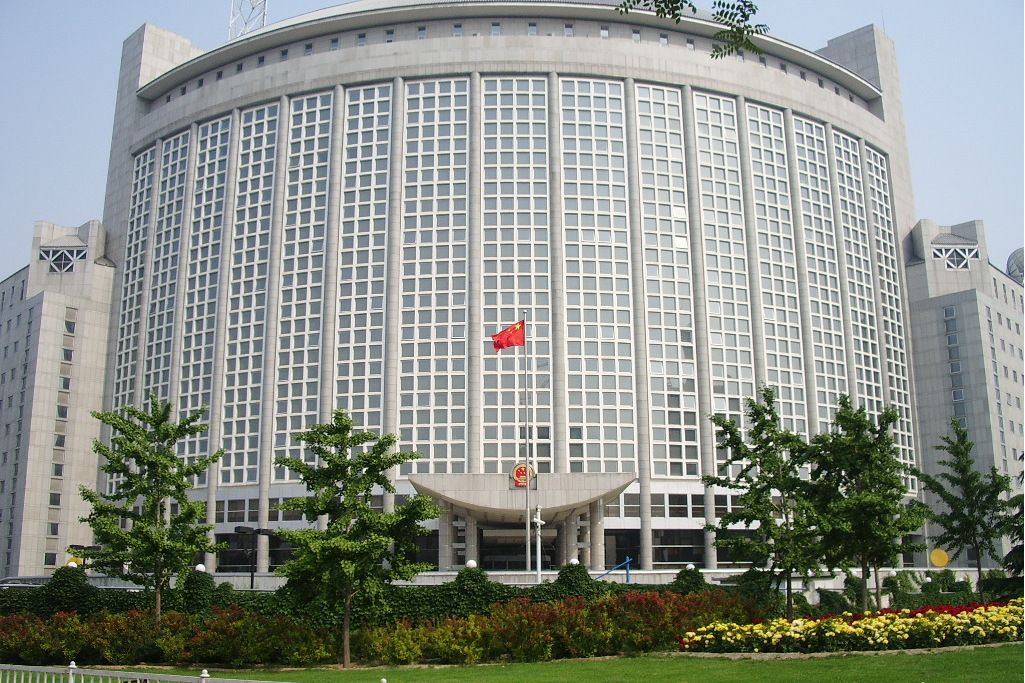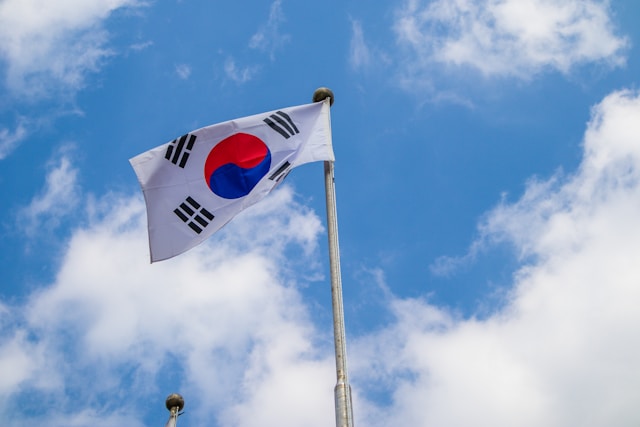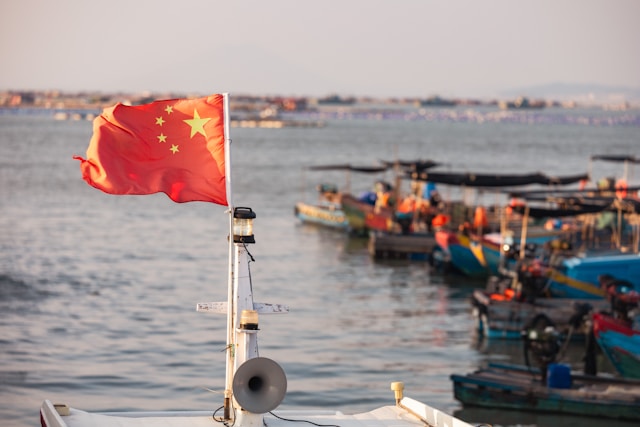
On 24 Dec. 2021, China Securities Regulatory Commission (CSRC) issued the “Regulatory Provisions of the State Council on the Offshore Securities Issuance and Listing of Domestic Companies (Draft for Public Comment)” (hereinafter “the Draft”, 国务院关于境内企业境外发行证券和上市的管理规定(草案征求意见稿)) for public opinions.
The Draft allows mainland-incorporated companies to issue securities overseas or launch offshore listings if they are in compliance with domestic laws and rules.
This deals with situations when an enterprise with its principal place of business being mainland China, issues or lists securities abroad in the name of a foreign entity based on its domestic equity, assets, profits, or other similar interests.
According to the Draft, VIE-structured companies that meet the compliance requirements can go ahead with offshore listing after filing. This is the first time that China has clarified the legality of VIE structure.
The CSRC said that some offshore-listed firms have committed serious violations of laws, which has damaged the overall international image of Chinese companies and adversely affected their overseas financing. Therefore, China has strengthened its supervision with regard to this issue through the unified filing system.
In the meantime, the CSRC set out a “negative list” of offshore listings that are explicitly prohibited, including listing and financing explicitly prohibited by laws and regulations, threatening or jeopardizing national security, in regard to major ownership disputes, involving illegal or criminal activities, etc.
The CSRC also issued the “Administrative Measures for the Filing of Offshore Securities Issuance and Listing of Domestic Companies (Draft for Public Comments)” along with the Draft for public comments.
Cover Photo by Ian on Unsplash
Contributors: CJO Staff Contributors Team









